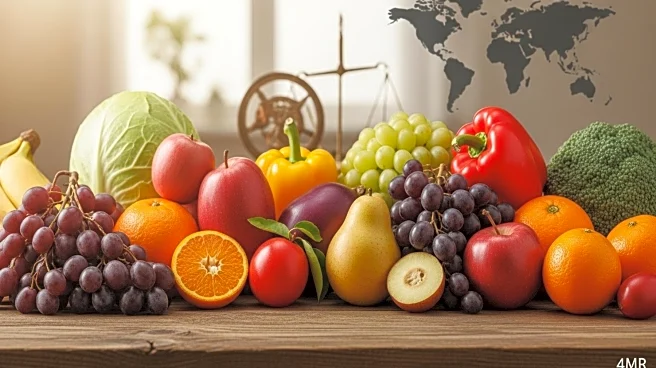What is the story about?
What's Happening?
Statistics Canada has reported a slight increase in the country's cattle herd as of July 1, marking the first year-over-year growth since 2021. The data shows that Canadian cattle producers had 11.9 million cattle and calves on farms, up 0.8% from the previous year. The rise is attributed to lower slaughter rates and increased retention of breeding stock, including beef heifers, bulls, and cows. Dairy inventories also saw a modest increase. The growth in cattle numbers reflects a strategic shift among producers to retain more breeding stock and support cattle inventories.
Why It's Important?
The increase in cattle numbers is significant for the Canadian agriculture sector, indicating a potential shift in production strategies and market dynamics. The growth may lead to increased supply and stability in the beef and dairy markets, benefiting producers and consumers. The data suggests that producers are adapting to changing market conditions, possibly in response to economic factors or consumer demand. The rise in cattle inventories could also impact trade and export opportunities, as Canada positions itself to meet global demand for beef and dairy products.
What's Next?
Canadian cattle producers may continue to focus on strategic retention of breeding stock to support herd growth. The industry could see further adjustments in production and marketing strategies to capitalize on the increased cattle numbers. Stakeholders, including policymakers and industry groups, may engage in discussions to address challenges and opportunities arising from the growth in cattle inventories. The data may also prompt analysis of market trends and consumer preferences to guide future decisions in the agriculture sector.
AI Generated Content
Do you find this article useful?












